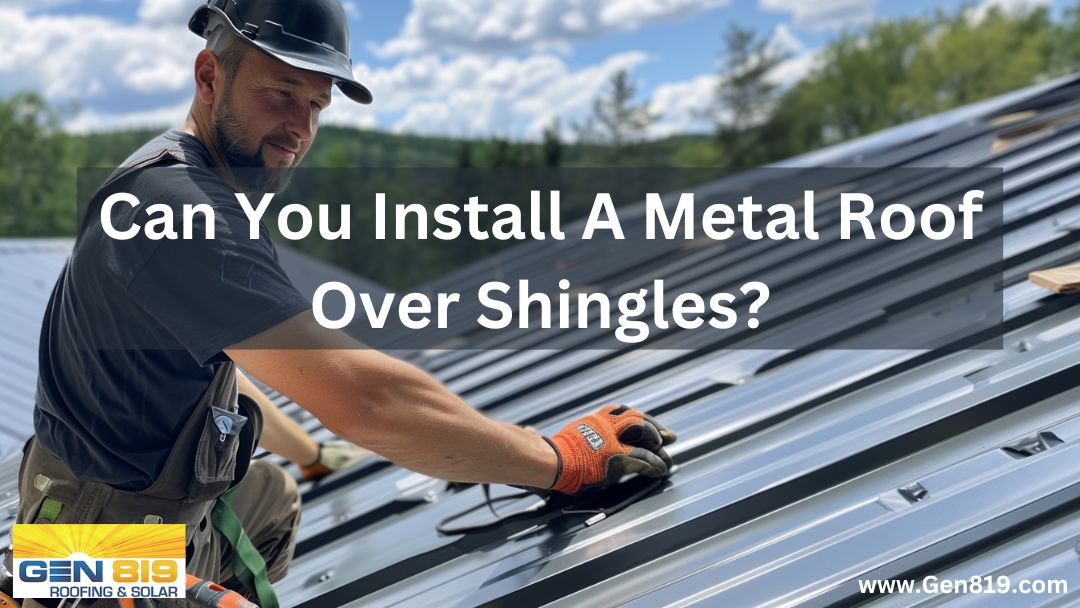Mon - Fr 9:00 am - 5:30 pm
3760 Oceanic Way STE 501, Oceanside, CA 92056
Posted by Gen819 Comments Off on Can You Install Metal Roofing Over Shingles? Metal Roofing, Roofing Materials
Can You Install Metal Roofing Over Shingles?
When considering a new roofing solution, many homeowners wonder if they can install a metal roof over their existing shingle roof. This question is crucial for those looking to upgrade their roofing without the hassle and expense of removing their current shingles. Metal roofing, known for its durability, energy efficiency, and long lifespan, presents an attractive option compared to shingle roofing. However, the feasibility and implications of placing metal roofing over shingles require careful consideration.
Installing a metal roof over shingles can offer several benefits, including cost savings and added insulation. Yet, it’s essential to evaluate factors such as the condition of the existing roof, local building codes, and potential structural impacts. In this article, we will delve into the advantages and challenges of this roofing method, providing a comprehensive guide to help you make an informed decision.
Understanding Metal Roofing
Metal roofing is a popular and versatile roofing option known for its exceptional durability and long lifespan. Unlike traditional roofing materials such as asphalt shingles or wood, metal roofing is made from high-quality metals like steel, aluminum, copper, and zinc. These materials are designed to withstand extreme weather conditions, resist corrosion, and provide a sturdy protective layer for any building.
There are several types of metal roofs available, each offering unique features and aesthetic appeal:
Standing Seam Metal Roofs
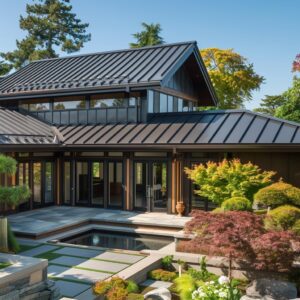
Metal Shingles
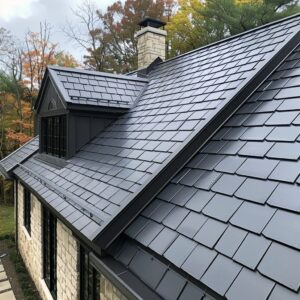
Corrugated Metal Roofs
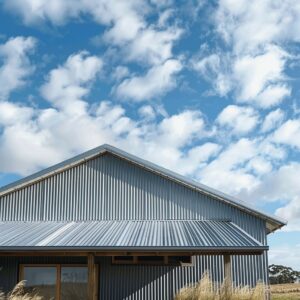
Stone-Coated Metal Roofs
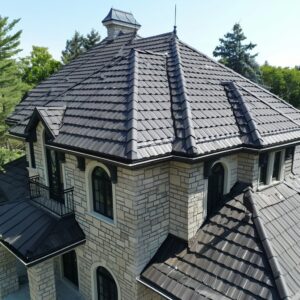
The benefits of metal roofing are numerous. First and foremost, metal roofs are incredibly durable, often lasting 40-70 years with minimal maintenance. They are resistant to cracking, shrinking, and erosion, which are common issues with other roofing materials. Additionally, metal roofs are highly energy-efficient, reflecting solar heat and reducing cooling costs in warmer climates. This energy efficiency also contributes to a more environmentally friendly roofing solution.
Moreover, metal roofing offers a wide range of aesthetic options, allowing homeowners to choose from various styles, colors, and finishes to complement their home’s architecture. Whether opting for the modern look of a standing seam roof or the traditional appearance of metal shingles, metal roofing provides a versatile and attractive solution for any property.
Benefits of Installing Metal Roofing Over Shingles
The traditional roofing approach would involve removing old shingles before installing a new roof. This method ensures a clean, smooth surface for the new roofing material and allows for inspection and repair of the underlying structure. However, in some cases, installing a new metal roof over existing shingles can be a viable and beneficial alternative. Here, we explore the key advantages in detail:
Cost Savings
One of the most significant benefits of this method is the cost savings. Removing old shingles can be labor-intensive and costly, involving considerable time and effort from a roofing crew. By opting to install a metal roof over the existing shingles, homeowners can bypass these labor costs entirely. Additionally, the disposal of old roofing materials adds another layer of expense. With no need to tear off and dispose of the old shingles, these disposal costs are eliminated, further reducing the overall project budget.
Time Efficiency
Time is another crucial factor where installing a metal roof over shingles holds an advantage. The removal of old shingles can extend the duration of a roofing project by several days or even weeks, depending on the roof’s size and complexity. Skipping this step allows for a much faster installation process. This expedited timeline means less disruption for the household, enabling homeowners to enjoy their new roof sooner.
Added Insulation
The installation of a metal roof over existing shingles can also enhance the home’s insulation. The additional layer of shingles underneath the metal roof acts as an extra barrier, helping to insulate the home more effectively. This added insulation can improve energy efficiency, keeping the home warmer in the winter and cooler in the summer, potentially leading to lower energy bills.
Environmental Considerations
Environmental impact is a growing concern for many homeowners, and installing a metal roof over shingles can contribute positively in this regard. By avoiding the removal and disposal of the old shingles, the amount of waste sent to landfills is significantly reduced. This reduction in construction waste aligns with sustainable building practices and helps decrease the environmental footprint of the roofing project. Moreover, metal roofs themselves are often made from recycled materials and are fully recyclable at the end of their lifespan, further enhancing their environmental credentials.
These advantages make it a worthwhile consideration for homeowners looking to upgrade their roofing system. In the next sections, we will discuss potential challenges and considerations to ensure this method is suitable for your home.
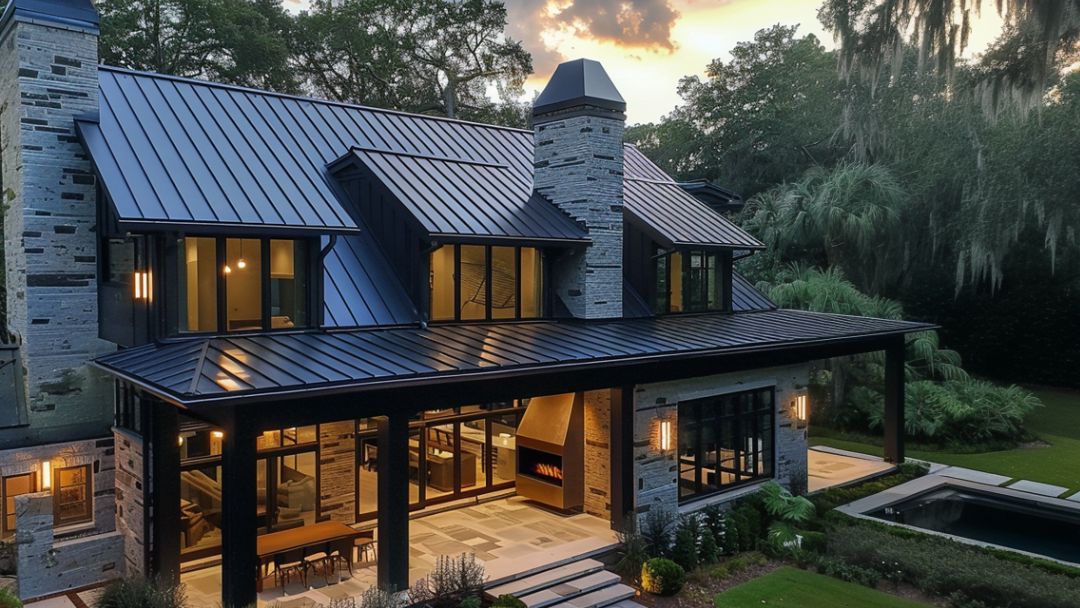
Potential Challenges and Considerations
While installing a metal roof over existing shingles offers numerous benefits, it’s essential to consider potential challenges to ensure a successful and safe installation. Here, we address key considerations that homeowners must evaluate before proceeding with this roofing method:
Weight Considerations
One of the primary concerns when adding a new layer of roofing is the additional weight. Metal roofing, though lighter than some traditional materials, still adds significant weight to the existing structure. Therefore, assessing the structural integrity of the current roof is crucial. A thorough inspection by a professional roofer can determine if the roof can support the added weight without compromising safety. If the existing roof structure is not robust enough, reinforcement may be necessary, which could increase the project’s cost and complexity.
Roofing Codes and Regulations
Another critical aspect is ensuring compliance with local building codes and regulations. Different regions have specific codes governing roofing practices, and these can vary significantly. In Vista, CA, for example, there may be regulations that dictate whether you can install a new roof over existing shingles. It’s essential to check these local building codes and obtain any necessary permits before starting the project. Non-compliance can result in fines, legal issues, or problems with future property transactions.
Roof Condition
The condition of the existing shingle roof plays a significant role in the feasibility of overlaying it with a metal roof. The current roof should be in relatively good condition, without severe damage such as widespread leaks, significant rot, or structural deficiencies. Any underlying issues need to be addressed before the installation. Failing to do so can lead to further damage and potential failure of the new roof. A professional inspection can identify any necessary repairs, ensuring a solid foundation for the new metal roofing.
How To Install A Metal Roof Over Existing Shingle Roof
Installing a metal roof over an existing shingle roof involves a series of meticulous steps to ensure a secure and durable result. Here is a step-by-step overview of the installation process:
Step-by-Step Overview
Inspection of Existing Roof:
Begin with a thorough inspection of the existing shingle roof. Check for any signs of damage, leaks, or structural issues that need to be addressed before installation. This step is crucial to ensure the new roof will have a solid foundation.
Preparation Work:
Once the inspection is complete, undertake any necessary repairs. This may include replacing damaged shingles, fixing leaks, or reinforcing weak areas. Additionally, clean the surface of the existing roof to remove debris, dirt, and loose materials that could interfere with the new installation.
Installing Underlayment:
After the preparation work, install a quality underlayment over the existing shingles. The underlayment acts as an additional waterproof barrier, providing extra protection against moisture and enhancing the overall performance of the metal roof. Ensure the underlayment is properly secured and covers the entire roof surface.
Placing the Metal Roofing Panels:
With the underlayment in place, begin installing the metal roofing panels. Start from the bottom edge of the roof and work your way up, overlapping the panels according to the manufacturer’s specifications. Secure the panels with the appropriate fasteners, ensuring they are tightly fixed to prevent any movement or gaps. Pay special attention to seams and edges to ensure a watertight seal.
Tools and Materials Needed
For a successful installation, you will need the following tools and materials:
Tools:
- Ladder
- Safety harness and gear
- Roofing hammer
- Snips or metal shears
- Drill with metal bits
- Measuring tape
- Chalk line
- Utility knife
Materials:
- Metal roofing panels (type and style based on preference)
- Underlayment (preferably synthetic for better performance)
- Roofing screws and fasteners
- Flashing and trim pieces
- Sealant or roofing tape
- Ridge caps and vent covers
By following these steps and using the right tools and materials, you can achieve a professional and durable metal roof installation over your existing shingle roof. This method not only saves time and money but also ensures enhanced protection and longevity for your home.
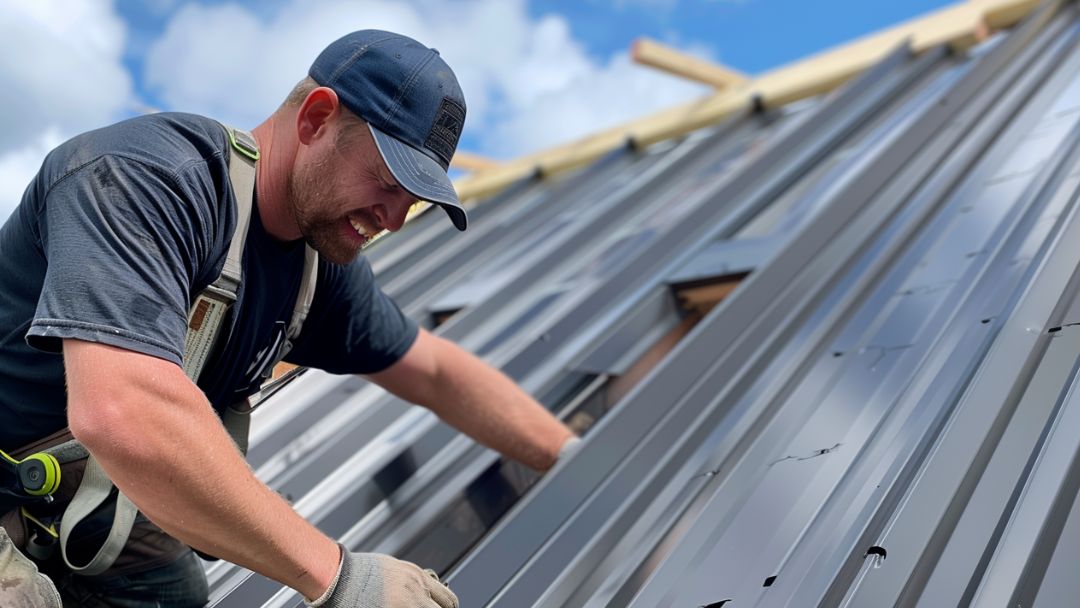
Comparing Metal Roof Over Shingles vs. Roof Replacement
When deciding between installing a metal roof over existing shingles or opting for a complete roof replacement, it’s essential to consider both cost and long-term performance. Each method has its advantages and potential drawbacks, which can impact your decision.
Cost Comparison
The primary advantage of installing a metal roof over shingles is cost savings. By avoiding the labor and disposal costs associated with tearing off the old roof, homeowners can save a significant amount of money. The total expense for an overlay can be substantially lower, making it an attractive option for budget-conscious projects. On the other hand, a complete roof replacement involves removing the existing shingles, disposing of the old materials, and preparing the roof deck for the new installation. These additional steps increase both the labor and material costs, making a full replacement more expensive upfront.
Long-Term Performance
In terms of durability and lifespan, both methods can provide excellent results, but there are differences to consider. A metal roof installed over shingles benefits from the added insulation and protection provided by the existing layer. This can enhance the overall performance and lifespan of the roof. However, the condition of the underlying shingles must be good to ensure a solid foundation.
A complete roof replacement, while more expensive initially, allows for a thorough inspection and repair of the roof deck. This can address any hidden issues such as rot, leaks, or structural weaknesses, ensuring the new roof is installed on a sound base. Consequently, this method may offer a slight edge in terms of long-term reliability and reduced maintenance requirements, as potential problems are addressed before they can affect the new roof.
Professional Installation vs. DIY
When considering installing a metal roof over shingles, homeowners often debate between hiring a professional or undertaking the project themselves. Each approach has its merits, but it’s essential to weigh the benefits and challenges to make an informed decision.
Benefits of Hiring a Professional
Expertise and Experience:
Professional roofers bring extensive knowledge and experience to the table. They are well-versed in the best practices for metal roofing installation, ensuring a high-quality job that meets industry standards. Their expertise can prevent common installation errors that could compromise the roof’s performance and longevity.
Warranty and Insurance Coverage:
Reputable roofing contractors typically offer warranties on their workmanship and the materials used. This warranty provides peace of mind, knowing that any issues arising from the installation will be addressed at no additional cost. Additionally, professional roofers carry liability insurance, protecting homeowners from potential damages or accidents during the installation process.
DIY Considerations
Skill Level Required:
Installing a metal roof over shingles requires a specific set of skills and tools. It involves precise measurements, cutting metal panels, and securing them correctly to ensure a watertight seal. Homeowners without prior roofing experience may find the process challenging and time-consuming, potentially leading to mistakes that could affect the roof’s performance.
Potential Risks and Pitfalls:
DIY roofing projects come with inherent risks. Working on a roof can be dangerous, especially for those without proper safety training and equipment. Falls and injuries are significant concerns. Additionally, improper installation can result in leaks, structural damage, and reduced energy efficiency, ultimately costing more in repairs and corrections than hiring a professional initially.
Consult with a Professional Metal Roofing Contractor
Installing a metal roof over existing shingles can be a practical and cost-effective solution for homeowners looking to upgrade their roofing without the added expense and hassle of removing the old shingles. This method offers significant benefits, including cost savings, faster installation, added insulation, and environmental advantages. However, it’s crucial to consider potential challenges such as weight, compliance with local building codes, and the condition of the existing roof to ensure a successful and durable installation.
For personalized advice and professional service, consulting with experts like Gen819 Roofing & Solar is highly recommended. Our team has extensive experience in metal roofing installations, ensuring that each project meets the highest standards of quality and performance. If you’re considering a metal roof installation over your shingles, contact us today.
Recent Posts
Attic Insulation Upgrades That Cut Cooling Costs
San Diego Roof Lifespans Explained
Do you have any questions?
Contact us at the Gen819 office nearest to you or submit a business inquiry online
Contact Us
